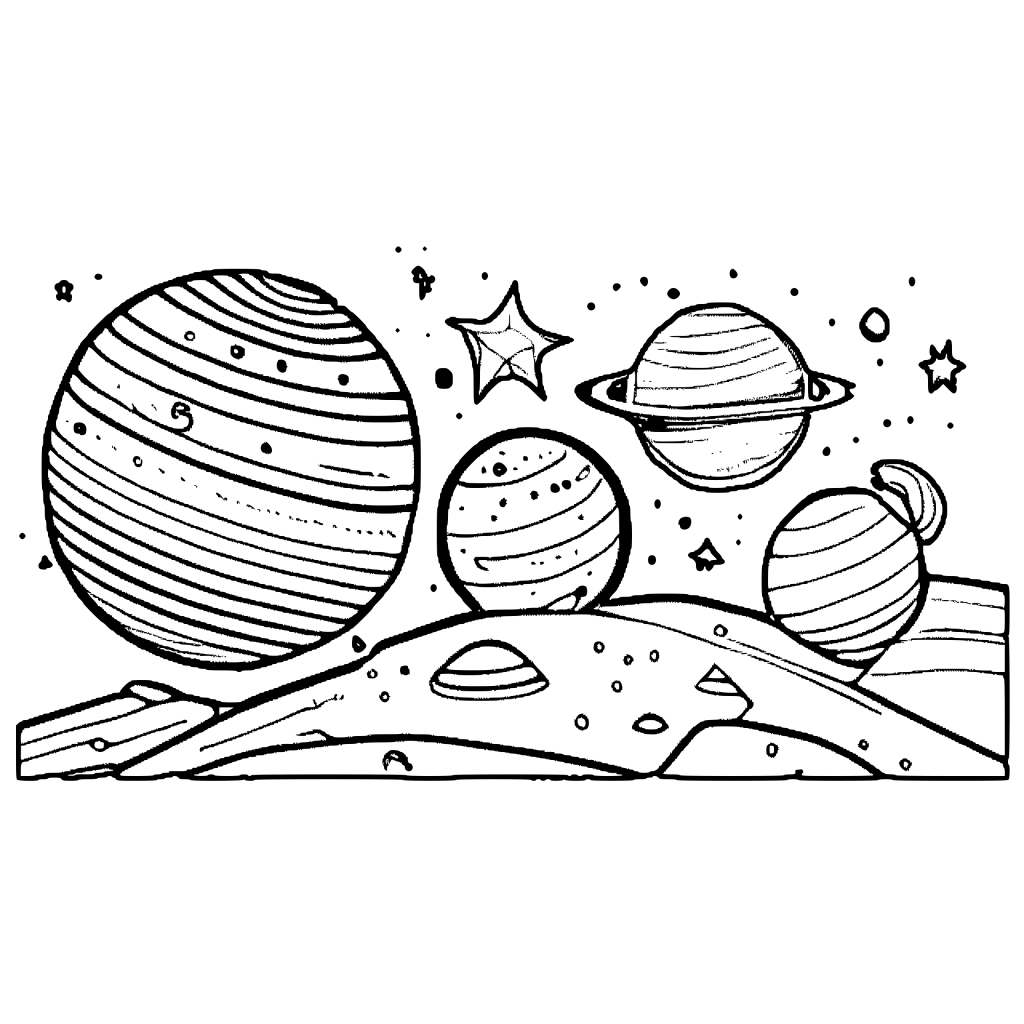An eclipse is a celestial event where one astronomical body partially or completely covers another, causing a temporary dimming or blocking of its light. The two main types of eclipses are solar and lunar. In a solar eclipse, the Moon passes between the Earth and the Sun, blocking sunlight. In a lunar eclipse, the Earth comes between the Sun and the Moon, casting its shadow on the lunar surface. Solar eclipses have three variations: total, partial, and annular, while lunar eclipses include total, partial, and penumbral phases.
SOLAR ECLIPSE
A solar eclipse occurs when the Moon passes between the Earth and the Sun, blocking all or part of the Sun’s light. This astronomical phenomenon can only happen during a new moon when the Sun, Moon, and Earth are aligned in a straight line or very close to it. There are three main types of solar eclipses: total, partial, and annular.
TOTAL SOLAR ECLIPSE
This is the most dramatic type of solar eclipse. It happens when the Moon completely covers the Sun, blocking its light and casting a shadow on Earth. During a total solar eclipse, the day briefly turns into night, and the Sun’s outer atmosphere, called the solar corona, becomes visible.
PARTIAL SOLAR ECLIPSE
In a partial solar eclipse, the Moon covers only a portion of the Sun, and the Sun appears as a crescent or partially obscured disk. This occurs when the alignment of the Sun, Moon, and Earth is not perfect, creating an incomplete blockage of the Sun.
ANNULAR SOLAR ECLIPSE
An annular solar eclipse happens when the Moon is too far from Earth to completely cover the Sun’s disk. During an annular eclipse, a ring of sunlight called the “ring of fire” is visible around the Moon. This occurs because the apparent size of the Moon is smaller than that of the Sun, and a thin ring of sunlight remains visible.
It’s important to note that solar eclipses are relatively rare events and can only be observed from specific locations on Earth. Safety precautions are necessary when viewing a solar eclipse directly, as looking at the Sun without proper eye protection can cause severe eye damage or blindness. Specialized solar viewing glasses or indirect viewing methods, such as pinhole projectors, are recommended for safely observing solar eclipses.
LUNAR ECLIPSE
A lunar eclipse occurs when the Earth comes between the Sun and the Moon, causing the Earth’s shadow to be cast on the Moon. This phenomenon can only happen during a full moon when the Sun, Earth, and Moon are aligned in or very close to a straight line. There are three main types of lunar eclipses: total, partial, and penumbral.
TOTAL LUNAR ECLIPSE
During a total lunar eclipse, the Earth’s umbra (the central, darkest part of its shadow) covers the entire Moon. The Moon often takes on a reddish hue during totality, earning it the nickname “blood moon.” This is due to Earth’s atmosphere scattering sunlight and allowing the longer red wavelengths to reach the Moon.
PARTIAL LUNAR ECLIPSE
In a partial lunar eclipse, only a portion of the Moon enters the Earth’s umbra. This results in a partial darkening of the lunar surface, but it doesn’t cover the entire Moon.
PENUMBRAL LUNAR ECLIPSE
A penumbral lunar eclipse occurs when the Moon passes through the Earth’s penumbra, the outer part of its shadow. This type of eclipse is subtle, and the Moon may appear slightly dimmed, but the effect is less noticeable compared to total or partial eclipses.
Lunar eclipses are safe to observe with the naked eye, and they can be seen from any location on the nighttime side of the Earth where the Moon is above the horizon. Unlike solar eclipses, lunar eclipses are visible from a much larger portion of the Earth.
The frequency of lunar eclipses is higher than that of solar eclipses, with at least two occurring each year. This is because the Earth casts a larger shadow, and the Moon can pass through it more frequently. Lunar eclipses also have cultural and historical significance, with various civilizations attributing different meanings to these celestial events.
